
If you’re like me, you’ve seen the writing on the wall for a decade. Plastics may not be safe. BPA should be avoided, but is in most convenience foods. Artificial food colors can create ADHD like symptoms. Too many nitrates can interfere with the body’s hormone production and possibly even lead to cancer. This month, the American Academy of Pediatrics finally took a stand against these and other additives, issuing a report in the August 2018 issue of Pediatrics citing numerous studies on the dangers of these chemicals and recommending that they be removed from the products and foods that children use and consume.
A large number of studies show that many of these “Generally Recognized as Safe” food additives can disrupt a child’s hormones, growth, and development, according to the recently published report, and lead to increased risk of childhood obesity, diabetes, and cancer, among other neurological problems.
In their report, the American Academy of Pediatrics called for the FDA to correct weaknesses in its policies and enforcement:
“Regulation and oversight of many food additives is inadequate because of several key problems in the Federal Food, Drug, and Cosmetic Act. Current requirements for a ‘generally recognized as safe’ (GRAS) designation are insufficient to ensure the safety of food additives and do not contain sufficient protections against conflict of interest. Additionally, the FDA does not have adequate authority to acquire data on chemicals on the market or reassess their safety for human health. These are critical weaknesses in the current regulatory system for food additives.”
(source)
This. Is. Huge.
These ideas used to be on the fringes of accepted views, despite scientific study after scientific study saying otherwise. And now, they’ve finally made it into the mainstream.
The actual American Academy of Pediatrics is concerned, not just so-called fringe groups like the Center for Science in the Public Interest.
According to the American Academy of Pediatrics, these additives are particularly dangerous for children. That’s because “children are more sensitive to chemical exposures because they eat and drink more, relative to body weight, than adults do, and are still growing and developing.” (source)
So, what are the additives we should avoid?
Some additives are put directly in foods, while “indirect” additives may include chemicals from plastic, glues, dyes, paper, cardboard, and different types of coatings used for processing and packaging. The additives of most concern, based on rising research evidence cited in the report, include:
- Bisphenols, such as BPA, used to harden plastic containers and line metal cans, can act like estrogen in the body and potentially change the timing of puberty, decrease fertility, increase body fat, and affect the nervous and immune systems. BPA is now banned in baby bottles and sippy cups.
- Phthalates, which makes plastic and vinyl tubes used in industrial food production flexible, may affect male genital development, increase childhood obesity, and contribute to cardiovascular disease. In 2017, the Consumer Product Safety Commission banned the use of some phthalates in child-care products such as teething rings.
- Perfluoroalkyl chemicals (PFCs), used in grease-proof paper and cardboard food packaging, may reduce immunity, birth weight, and fertility. Research also shows PFCs may affect the thyroid system, key to metabolism, digestion, muscle control, brain development, and bone strength.
- Perchlorate, added to some dry food packaging to control static electricity, is known to disrupt thyroid function, early life brain development and growth.
- Artificial food colors, common in children’s food products, may be associated with worsened attention-deficit/hyperactivity disorder (ADHD) symptoms. Studies cited in the report found a significant number of children who cut synthetic food colorings from their diets showed decreased ADHD symptoms.
- Nitrates/nitrites are used to preserve food and enhance color, especially in cured and processed meats. These chemicals can interfere with thyroid hormone production and the blood’s ability to deliver oxygen in the body. Nitrates and nitrites also have been linked with gastrointestinal and nervous system cancers.
(source)
But how can you avoid these additives? They’re in everything!
Believe it or not, the American Academy of Pediatrics even had recommendations for this. If you’ve read any of the other headlines about this, you’d think it was as simple as avoiding heating plastic. But here’s my takeaway from their summary points:
1. Get rid of as much plastic as you can.
I know this is hard. Really hard. From plastic lunch boxes to water bottles, plastic seems to be an everyday part of our lives. Here’s what I’ve done.
- Use stainless steel lunch containers. Any brand will do, but these are what I buy.
- Use stainless steel snack and glass snack containers. I use these for nuts, crackers, and sliced fruit, and these for homemade dips and blueberries.
- Use glass water bottles. Yes, even for the kiddos. These are what I buy.
- Use Pyrex or other glass food storage containers to store and reheat leftovers. I use these. No, I don’t worry about the plastic lids. I just don’t reheat the food in the containers with the lids on. Instead, I prop a dinner plate over the glass container to serve as a lid while reheating.
- Repackage foods in glass or stainless steel storage containers as soon as you get home from the store. Chemicals from the linings of convenience food packaging can leach into your foods over time. So, if you’re buying goodies like rice, lentils, cereals, etc. from the store that come in packaging, start storing them in safer containers. I keep it simple with 32oz and 640z mason jars, but I know their are niftier containers out there.
- If you can’t get rid of all your plastic, at least throw out all the plastic with recycling numbers 3 (phthalates), 6 (styrene), and 7 (bisphenols).
2. Stop buying convenience food versions of healthier options.
This usually comes naturally to us. For example, it’s not hard to imagine buying whole apples and slicing them ourselves instead of buying pre-sliced apples in plastic packaging. (I use this quick & easy apple corer/slicer. EVERYONE should have one of these babies. It’s sharp and strong and will never rust or break.)
Likewise, it’s not hard to figure out that instead of giving our children fruit chews made with artificial coloring, we should just give our children fruit.
However, some things may take a bit of imagination. An example: I used to buy organic, sugar-free applesauce in convenient little plastic single-serving containers for my kids’ lunches. Now I just buy a 32oz glass jar of the same applesauce and pour it into the little glass jars I recommended above. All the plastic was removed from this equation, and I’m saving money on applesauce.
3. Eat fewer processed meats.
As convenient as it is to buy sliced lunch meats and grass-fed beef hot dogs, we really need to cut down on how many processed meats we eat since these utterly delicious foods usually contain excessive amounts of nitrates. I’m not a Debbie Downer, so I’m not going to tell you to eliminate them all. But please do be conscious of just how often you’re eating nitrates.
I periodically do a check and realize just how much they’ve crept back into my life — bacon with breakfast, sliced ham with lunch, sausage for dinner. Oops.
It doesn’t matter that it’s all organic, pasture-raised, naturally-cured meat. That many nitrates is simply bad for you in the long term.
I try to replace them with easy alternatives. I turn leftover roasted chicken into chicken salad, pack hard boiled eggs in my kids’ lunches along with cubes of cheese and nuts for their protein, and slice flavorful roast or turkey or shredded pork carnitas to use instead of sliced deli meats.
Next, consider spreading this information far and wide.
Call your congressman or representative, tell them about the recently published report by the American Academy of Pediatrics, ask them to take action.
“Despite a tough political climate, there is an urgent need for decision makers to fix this issue,” one of the authors of the study, Dr. Trasande said, “starting by rolling back the presumption of safety for chemicals added to foods.” (source)
(Click here to find out who your representatives are in the House)
(Contact your senators here)
Finally, share this post with your family and friends.
The American Academy of Pediatrics is an organization of more than 67,000 primary care pediatricians, pediatric medical subspecialists and pediatric surgical specialists dedicated to the health, safety and well-being of infants, children, adolescents and young adults.
I have often been critical of them because of how long they dragged their feet to address these issues.
But now that they have, shouldn’t we lend them our support in getting the word out on just how dangerous plastics, food packaging, and chemical additives to our food can be?
(photo credit: istock photos)
 |



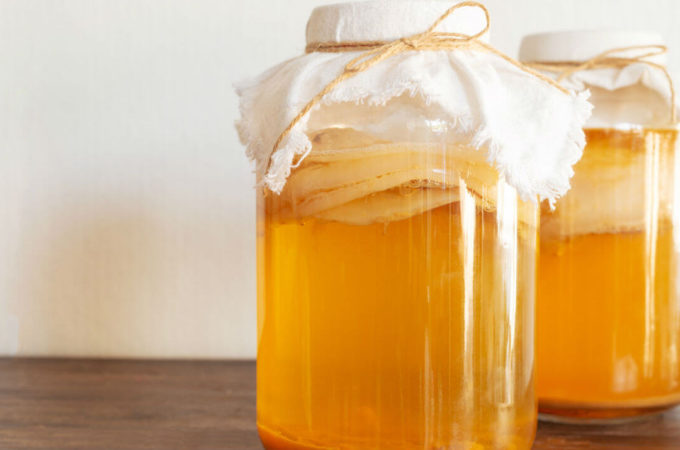
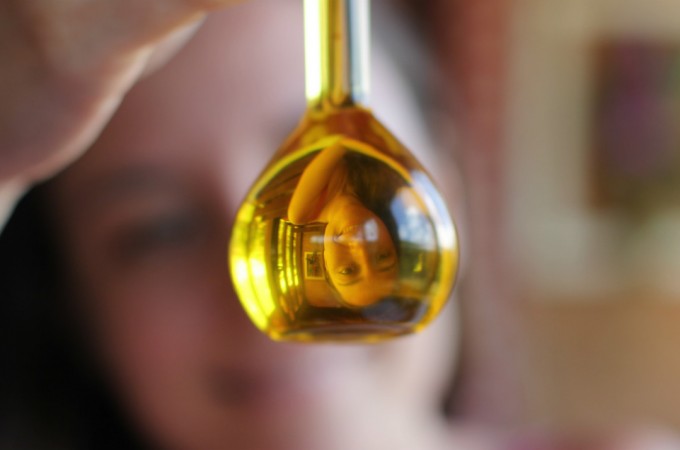


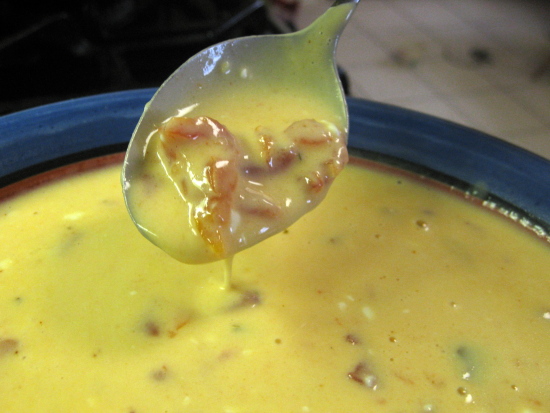

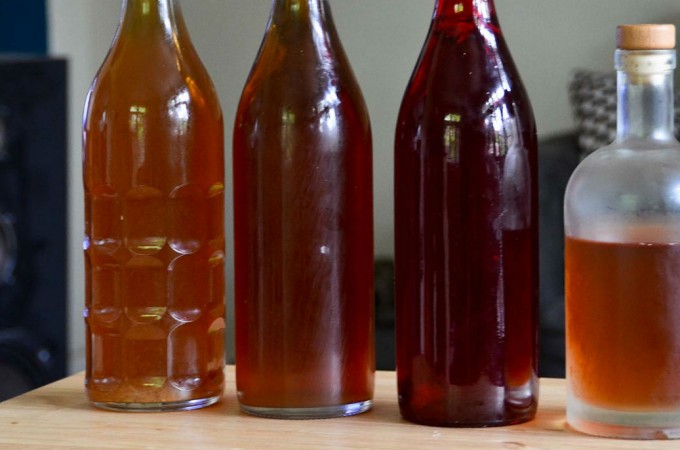



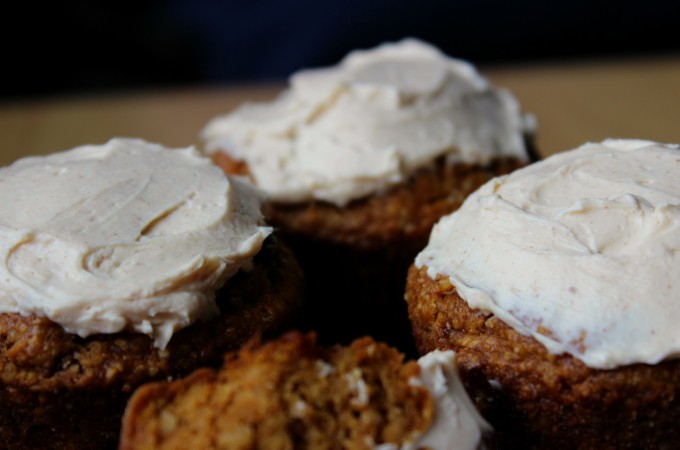

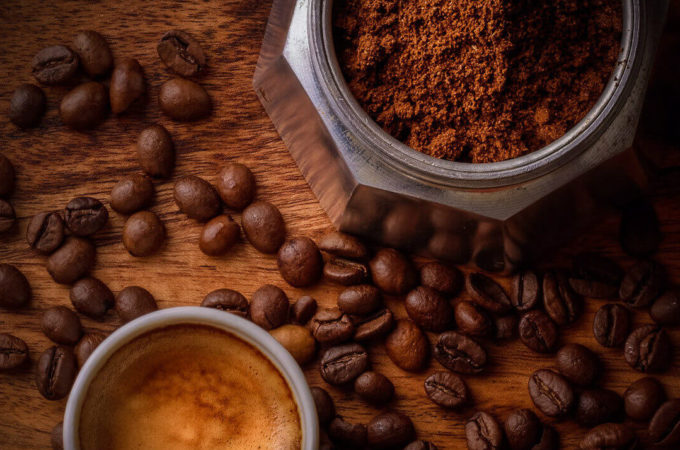
Thank you very much Kristen for this post. It is amazing how much plastic have crept into our list of daily use items in the last two decades. I think the increasing rate of terminal diseases can be linked to the toxins that the use of these items put into our bodies.
THIS IS FANTASTIC NEWS!!!
AAP is not a certified source of information. Nice try though!
So happy to see this! Thank you for posting about it!